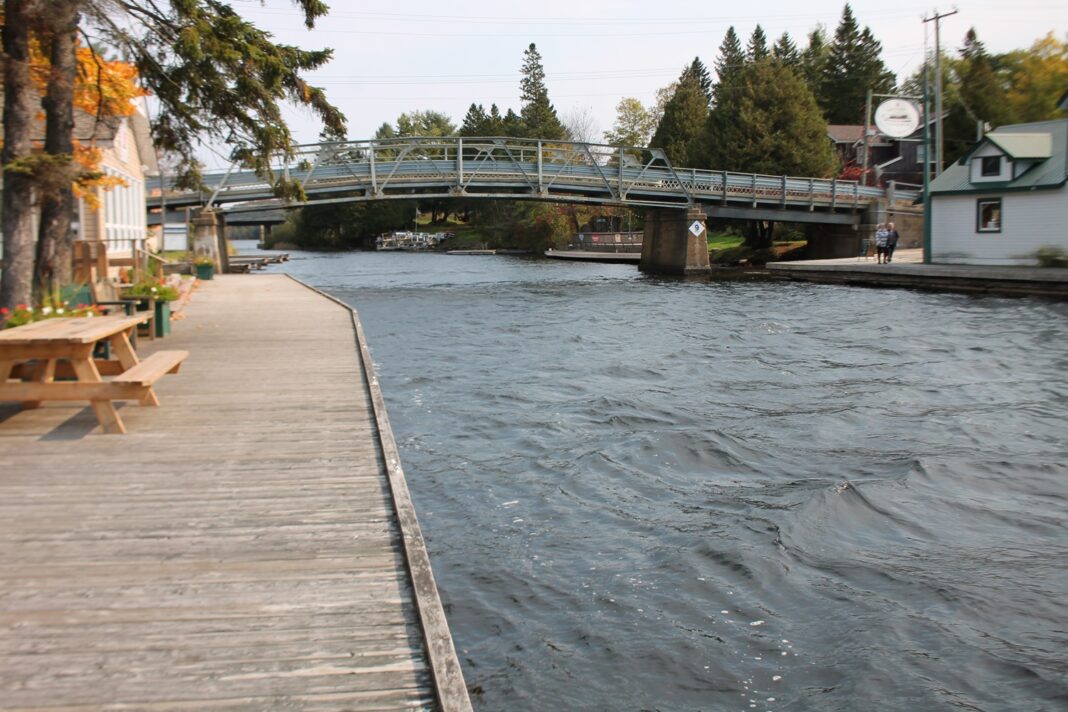The future of the “iconic” Dorset bridge was discussed at County council Oct. 9 as Keystone Bridge Management Corp. provided its every two-year bridge and culvert inspection report.
Company managing director, Harold Kleywegt, said they inspected 41 structures, 17 bridges and 24 large culverts, valued at $121 million.
“We identified there’s approximately $8 million in capital needs between 2025 or 2030,” he said. “We’re recommending three culverts be replaced, and three bridges receive a comprehensive rehabilitation.”
Kleywegt said Paudash Lake, Dorset and West Guilford bridges need work, with two culverts on County Road 9, and a 503 timber culvert replacement top of the list.
He said a further four culverts (Kingscote Road, Wood Box, McGillivary Road and Inlet Bay) and Horseshoe Lake Bridge have less than 15 years left. He suggested Furnace Falls Bridge be done by 2060.
The good news, he said, is the depreciated value of inventory has improved 7.5 per cent since 2020 due to recent works.
The structures range from new to 117 years old, with 16 of them between 40-60 years old.
He said council should spend $1.4 million a year on bridges over the next 20 years, and about $420,000 a year over 20 years on culverts. He said that would be a “healthy and responsible level of investment…”
He said the immediate needs are substantially less; $663,000 over the next six years on bridges and $657,000 on culverts.
Director of public works, Sylvin Cloutier, added the County had invested considerably in bridges and culverts over the past four years, and if it continues to do so, “we’ll keep our structures in good health moving forward.”
CAO Gary Dyke said the one per cent draw from the tax base for infrastructure might have to increase to two per cent in 2025 for large capital structures.
Dorset bridge
Councilor Jennifer Dailloux asked for specifics on the Dorset bridge, commenting “it is very old, and it is hard to overestimate the heritage value of the bridge for the population of Dorset. It’s iconic.”
Kleywegt said the bridge “is old and tired.” He noted it is load posted, so has weight restrictions. He said the challenge is it is difficult to properly inspect, however there is significant visible corrosion. However, he said it is the corrosion they cannot see that is most concerning.
“There’s a significant risk when you continue to keep a structure such as that in service,” he said.
He said it requires more intense, regular, and thorough inspection. He said their lookover was “generous” but based on standing on the ground and clamouring over the bridge and looking over the edges.
As a result, they have to speculate on what they can’t see. To keep the heritage value, he said steel would have to be removed and replaced piece-by-piece. He said the concrete has wear and tear from snowmobiles and general traffic. The deck is at risk of potentially having a local failure, which he said was not dangerous to the public, but could result in closure of the bridge until it’s fixed. He said if nothing is done in the next 10 years, the deck could have a local failure.
However, he said it could be fixed and maintain its heritage value, though more expensive than a replacement.
The 152-feet long steel bridge underwent works in 2017.
Dailloux said Algonquin Highlands would ask the County to consider how to preserve the iconic bridge it shares with Muskoka.





